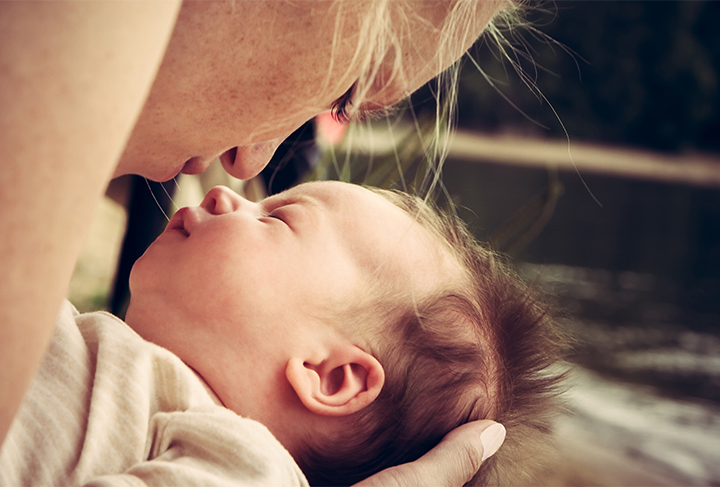
Starting Your Baby on Solid Foods
- Home
- Services
- Additional Information
- Newborn and Baby Care
- Starting Your Baby on Solid Foods
How to Start Your Baby on Solid Foods
That first bite of solid food is a big step forward for babies and families alike. Transitioning from a pure liquid diet to solids is one of the first (of many) steps your baby will take toward independence. Like a lot of those steps, the first ones can be a little rocky. But be prepared and patient.
What foods you present and your attitude toward feeding with solid foods will begin to teach your baby how to view food. It’s about more than nutrition — in a very real way, it’s about laying the groundwork for a healthy attitude toward healthy eating.
Most babies begin the transition to solid food at six months of age. By this age, most babies can:
- Remain in a sitting position in a highchair.
- Push solid food to the backs of their mouths and swallow it, rather than getting it all over their faces.
Tips for Starting Baby on Solid Foods
When the time arrives, here are a few pointers for that first solid meal:
- Start with easily digestible food. There’s a reason rice cereal is ubiquitous for new eaters. It’s mild tasting, pleasantly mushy, and very unlikely to provoke allergies. For that first feeding, mix some rice cereal (or any single-grain cereal) with breast milk or formula to a thin consistency and offer it to your baby, usually on a small plastic or covered spoon. It’s best to attempt this in a high chair with a bib in place — expect things to get messy.
- Pick a time when your baby is hungriest. You’ll have the greatest chances for success if you introduce solid foods at the heaviest feeding of the day, like breakfast.
- Be patient. Few babies are champion eaters of solid foods right away. Offer it a few times, letting them determine how much stays in to eat, and stop attempting when your baby gets frustrated or upset. You can always try again tomorrow.
